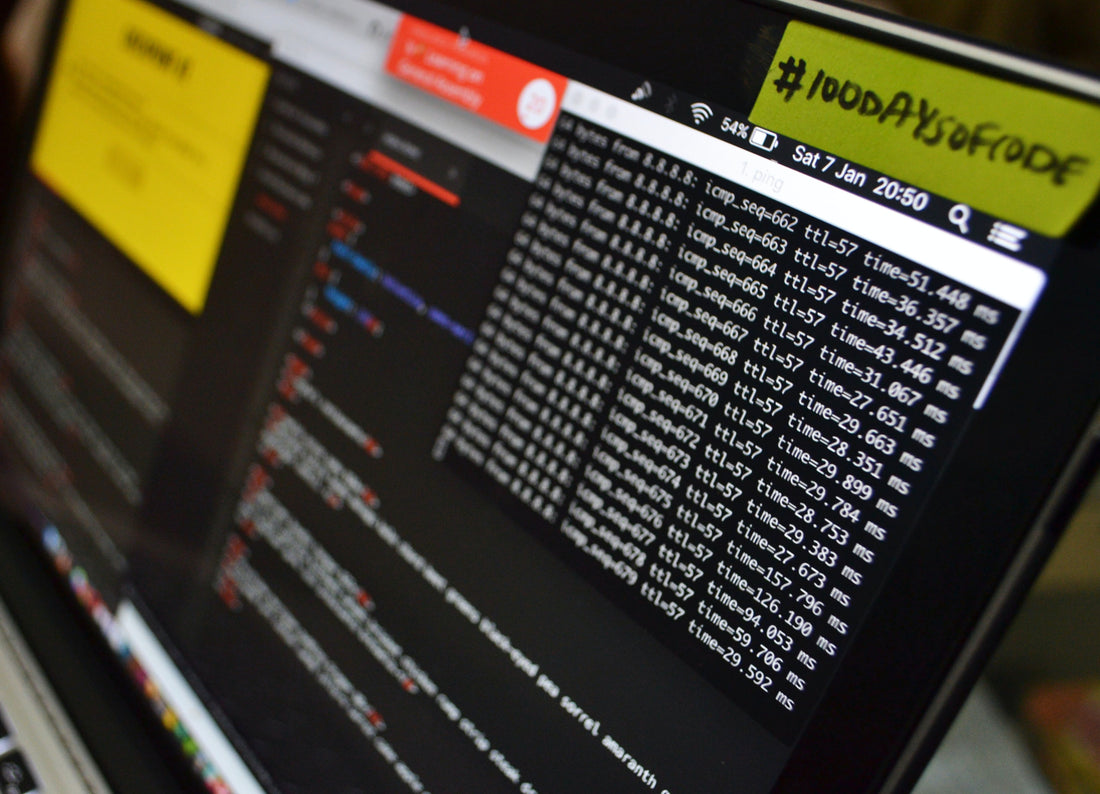We live in a digital age, where gadgets are an integral part of our daily lives. We use gadgets for communication, entertainment, education, health, fitness, security, and more. But while gadgets can offer us many benefits and conveniences, they can also expose us to various cyber risks and threats that can harm us and our data. Therefore, we need to be aware of the importance of cybersecurity and the gadgets and tools that can help us achieve it. In this blog post, you will learn about the significance of cybersecurity and some gadgets and tools that can assist you in safeguarding your personal information and data.
What are the benefits and challenges of cybersecurity for gadgets?
Cybersecurity is the process of protecting your devices, networks, and data from unauthorized access, use, or damage. Cybersecurity is beneficial for gadgets because:
- Gadgets contain and process a lot of personal and confidential information, such as your contacts, photos, messages, passwords, bank accounts, and more. If hackers gain access to your gadgets, they can steal, leak, or misuse your information for malicious purposes, such as identity theft, fraud, blackmail, or espionage.
- Gadgets connect to the internet and other devices, which exposes them to various cyber risks, such as malware, phishing, ransomware, denial-of-service attacks, and more. These attacks can compromise the functionality, performance, and security of your gadgets, and cause you to lose or corrupt your data, or pay a ransom to get it back.
- Gadgets are often portable and easy to lose or steal, which increases the chances of your devices and data falling into the wrong hands. If you lose or misplace your gadgets, or if someone takes them from you, you may not be able to access your data or recover it, and you may also face legal or financial consequences if your data is breached or exposed.
Therefore, cybersecurity is essential for gadgets to protect your privacy, identity, assets, and reputation from cybercriminals and hackers.
However, cybersecurity is also challenging for gadgets because:
- Gadgets are constantly evolving and updating, which makes them more complex and diverse, and also creates new vulnerabilities and loopholes for hackers to exploit.
- Gadgets are often used by multiple users and shared across different platforms and devices, which makes them more difficult to manage and secure, and also increases the risk of human error or negligence.
- Gadgets are often subject to user behavior and preferences, which may not always be aligned with the best practices and standards of cybersecurity, and may also vary depending on the context and situation.
Therefore, cybersecurity requires constant vigilance and awareness from gadget users and owners, and also collaboration and cooperation from gadget manufacturers and providers.
How can you enhance your cybersecurity with gadgets and tools?
There are many gadgets and tools that can help you improve your cybersecurity and protect your devices and data. Here are some examples:
- Sniffer USB: This is a device that can intercept and analyze the network traffic on your devices, and help you detect and prevent any unauthorized or malicious activity. Sniffer USB can also help you diagnose and troubleshoot any network problems, and optimize your network performance and security. You can use Sniffer USB to scan your devices and networks for vulnerabilities, monitor your network activity and bandwidth, and capture and analyze network packets and protocols. [1]
- Yagi Antenna: This is a device that can enhance your wireless signal and range, and help you connect to the internet and other devices more securely and reliably. Yagi Antenna can also help you avoid interference and noise from other wireless sources, and improve your wireless speed and quality. You can use Yagi Antenna to boost your Wi-Fi signal and coverage, extend your cellular network and reception, and access remote or hard-to-reach wireless networks. [2]
- USB-Bluetooth: This is a device that can enable you to connect your devices wirelessly via Bluetooth, and help you transfer data and communicate more conveniently and securely. USB-Bluetooth can also help you avoid using cables and wires, which can be easily tampered with or compromised. You can use USB-Bluetooth to connect your devices to keyboards, mice, speakers, headphones, printers, scanners, and more. [3]
- LAN Tap: This is a device that can create a copy of your network traffic and send it to another location, and help you monitor and audit your network activity and security. LAN Tap can also help you avoid modifying or disrupting your network configuration or performance, and provide you with a passive and stealthy way of observing your network. You can use LAN Tap to implement intrusion detection systems, analyze network protocols and packets, and perform network forensics and troubleshooting. [4]
- DSTIKE Deauthenticators: These are devices that can disrupt and disable the Wi-Fi connections of other devices, and help you protect your Wi-Fi network and devices from unauthorized or unwanted access. DSTIKE Deauthenticators can also help you test and improve your Wi-Fi security and resilience, and prevent others from using your Wi-Fi bandwidth or resources. You can use DSTIKE Deauthenticators to deauthenticate and disconnect any Wi-Fi device from any Wi-Fi network, jam and block any Wi-Fi signal or channel, and spoof and clone any Wi-Fi network or device. [5]
- USB “rubber ducky”: This is a device that can emulate a keyboard and execute commands on your devices, and help you automate and simplify your tasks and operations. USB “rubber ducky” can also help you test and exploit the security and vulnerabilities of your devices and networks, and perform various hacking and penetration testing techniques. You can use USB “rubber ducky” to run scripts and programs on your devices, inject keystrokes and commands, bypass passwords and locks, and install malware and backdoors. [6]
- Smart Key Cloner: This is a device that can copy and duplicate the codes and signals of your smart keys and remotes, and help you access and control your devices and systems more easily and securely. Smart Key Cloner can also help you backup and restore your smart keys and remotes, and prevent others from accessing or stealing your devices and systems. You can use Smart Key Cloner to clone and program your car keys, garage door openers, alarm systems, and more. [7]
- IP Microcamera: This is a device that can capture and stream video and audio over the internet, and help you monitor and record your surroundings and activities. IP Microcamera can also help you detect and deter any suspicious or malicious behavior, and provide you with evidence and proof in case of any incident or dispute. You can use IP Microcamera to surveil and secure your home, office, car, or any other location, communicate and interact with your family, friends, or colleagues, and spy and gather information on your targets or enemies. [8]
Summary
Gadgets are wonderful devices that can enhance your life in many ways. But they also expose you to various cyber risks and threats that can harm you and your data. Therefore, you need to be aware of the importance of cybersecurity and the gadgets and tools that can help you achieve it. By following the tips and recommendations in this blog post, you can protect your devices and data from cybercriminals and hackers, and enjoy your gadgets with peace of mind. Thank you for reading! 😊

